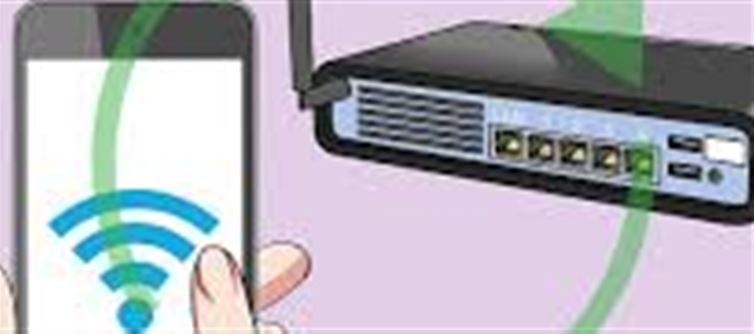
Forgetting your WiFi password is a common problem. Whether it’s for a new device, a friend visiting, or simply securing your network, changing or recovering your WiFi password doesn’t have to be complicated. Here’s a step-by-step guide to make it quick and stress-free.
1. Check Your Router Label
· Most routers have a default WiFi password printed on a sticker or label.
· Look for terms like SSID, Network Key, or Password.
· Tip: This is usually the easiest way to regain access without any tech setup.
2. Access Your Router’s Admin Panel
· Every router has an admin dashboard that allows you to manage settings.
· Open a browser and type the router’s IP address (commonly 192.168.0.1 or 192.168.1.1).
· Log in with your admin credentials. If you don’t remember them, check the router label or manufacturer’s website.
· Impact: From here, you can reset or create a new WiFi password for your network.
3. Use the Router’s mobile App
· Many modern routers come with companion apps (like TP-Link Tether, Netgear Nighthawk, or xiaomi Mi WiFi).
· Download the app, log in with your router credentials, and look for WiFi settings.
· This method allows you to change passwords, SSIDs, and security settings from your phone in seconds.
4. Reset the Router (If All Else Fails)
· If you can’t access the admin panel, you can physically reset the router using a pin or small tool.
· Hold the reset button for about 10-30 seconds (depending on the router model).
· The router will revert to factory settings, allowing you to log in with the default password and set a new one.
· Warning: This will erase all customized settings, including network name, passwords, and parental controls.
5. Tips for a Strong WiFi Password
· Use a mix of letters, numbers, and symbols.
· Avoid common words like “password123” or “wifi1234”.
· Change your password regularly to keep your network secure.
Bottom Line
Forgetting your WiFi password is frustrating but fixable. Whether you use the router label, admin panel, app, or a factory reset, regaining access is straightforward. Following a few tips for strong passwords will also keep your connection secure and reliable.
Disclaimer:
The views and opinions expressed in this article are those of the author and do not necessarily reflect the official policy or position of any agency, organization, employer, or company. All information provided is for general informational purposes only. While every effort has been made to ensure accuracy, we make no representations or warranties of any kind, express or implied, about the completeness, reliability, or suitability of the information contained herein. Readers are advised to verify facts and seek professional advice where necessary. Any reliance placed on such information is strictly at the reader’s own risk.




 click and follow Indiaherald WhatsApp channel
click and follow Indiaherald WhatsApp channel